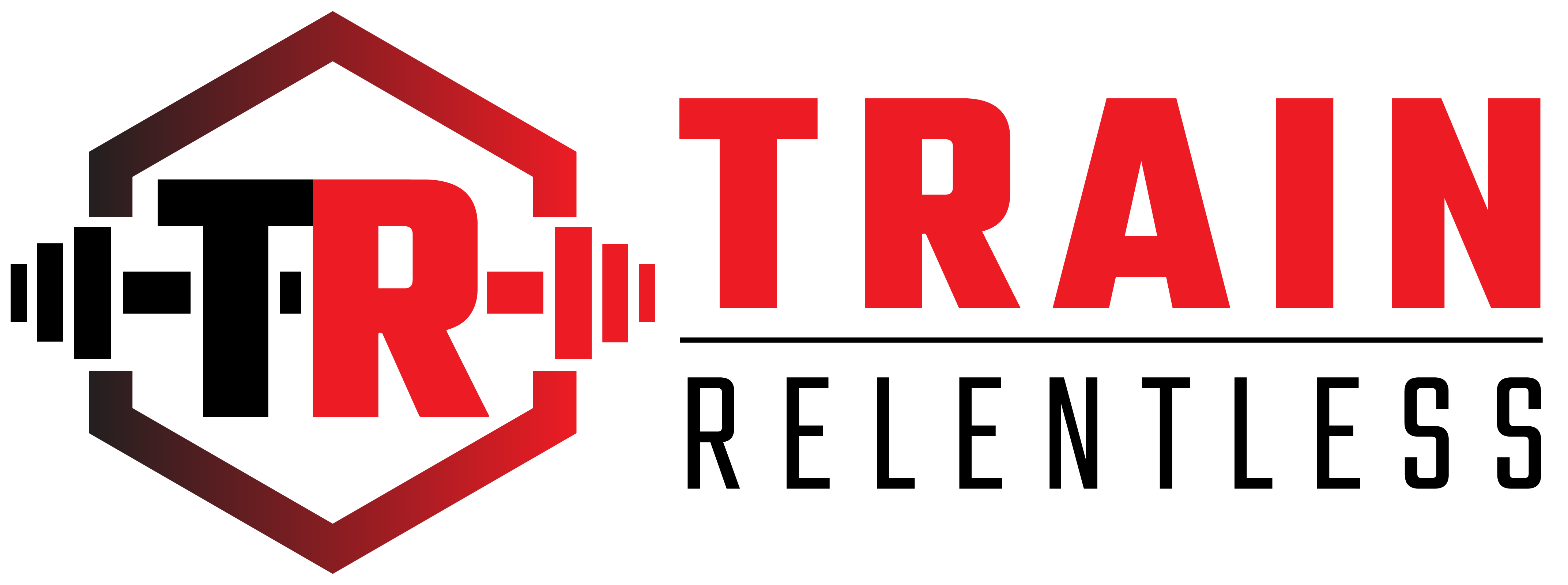You hear it often that you should never skip leg day. It does make a lot of sense. Squats are known to boost your growth hormone and testosterone. Plus, your legs play an important role in your daily activities. Though squats can be considered one of the most important workouts that you should be doing, there are instances when it leads to lower back pain.
At times, lower back pain is a sign of a bigger problem that would require surgery. On the other hand, it can also tell something about other parts of the body. Here’s everything that you should know about squats and lower back pain.
Wrong Technique and Lower Back Pain
Proper technique in squatting is taught not only to emphasize efficiency but also safety. There are instances when lower back pain is associated with poorly executed squats. In a squat, you are sitting back and down. By doing so, you generate movements in your hips and knees.
However, it is more than this movement when it comes to squats. You also have to remember to engage your core to keep your spine upright. Engaging your core also helps in protecting the spine as you load weights on your squat. If you round your back, the force from the weight will compress on your spine.
Also, if you pop your butt out this can also compress your spine and can be felt more on your lower back. The goal is to keep the spine at neutral the entire time when doing squats.
Going beyond your range of motion
Doing a squat can be considered a skill. A lot of trainers will require you to be doing deep squats for one rep to count. Though, yes, it does engage different muscles by doing so, but it can also do harm. Once you go deeper than what your body can tolerate at the moment, your body will start to compensate which can contribute to your lower back pain. As a rule of thumb, stick to the depth you are comfortable with. As long as you can keep a neutral spine, then work within that limit first.
Positioning of the weight
Back squat is a classic staple leg exercise that is often underestimated by novice gym-goers. It is one of the more challenging squat variations that can lead to over-compensation once you load more than you should. Since it puts weight directly on your back, this type of squat is also a bit more dangerous than others.
What you can do is explore other types of squats. Goblet squats are a good way to start working on your legs with minimal potential damage to your lower back. And more importantly, positioning the weight will help you keep your spine neutral.
Hip and Hamstring Issues
There are instances when lower back problem doesn’t exactly come from the lower back itself. It could be from another area of your lower leg. At times, hips and hamstrings cause issues on your lower back. Tightness on your lower back could indicate that you have a problem with your hips and your hamstrings.
Since squats involve the hips and hamstrings, it common to experience lower back pain especially after a tiring workout. What you can do is make it a routine to stretch your glutes and hamstrings. You can also do a bit of foam rolling as well to release knots and to get relief on your lower back.
Overuse
The schedule of your workout and your rest can also potentially give you lower back pain. For instance, if you’re doing high-volume kettlebell workouts and then do squats the following day, there is a chance that you still have tight hips from yesterday. This can overwork the same muscles and get your hips tight translating to lower back pain.
Weak Core
The core is responsible for the body’s stability and efficient transfer of energy. The core is also responsible for keeping your spine safe and protected. In one study, core and glute strengthening can be a good solution to chronic lower back pain.
Muscle Imbalance
Are you feeling back pain on just one side while the other feels normal? This could indicate muscle imbalance. Muscle imbalance is quite common even in athletes. Unfortunately, this can create injuries since other muscle groups compensate.
To prevent this from happening, it might be a good idea to turn to unilateral leg exercises. Lunges, reverse lunges, Bulgarian split squats are some examples of unilateral leg exercises that can help you build muscles on one side. Focus on your weak side to avoid surrounding muscles from overcompensating.
Post Workout Stretches
Stretching is an important habit that you should incorporate after your workout. This can help your body recover plus even improve your range of motion. To get a deeper stretch, you can even use a towel or your resistance bands.
Final thoughts
Most of the time, lower back pain felt after doing squats is indicative of simple things that you can address easily. However, there are also times when you will need the help of professionals. To be sure, work with a professional and get evaluated. This will lessen the guesswork whether you need to work on your form or perhaps strengthen some areas of the body.
